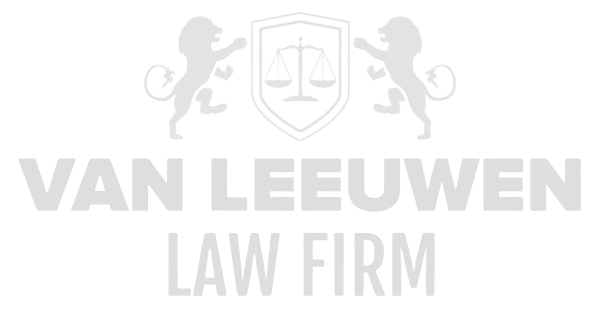In-house legal teams face various challenges in their day-to-day operations. Here are some common challenges they encounter:
Workload and Time Management: In-house legal teams often face heavy workloads and tight deadlines. Balancing multiple matters, projects, and responsibilities can put a strain on resources and lead to time management challenges. Prioritizing tasks, managing expectations, and optimizing workflow becomes essential to effectively handle the workload.
Cost Control and Budget Constraints: In-house legal teams are often expected to deliver high-quality legal services while managing costs. Budget constraints and pressure to reduce legal spend can pose challenges in hiring additional resources, outsourcing work, or investing in technology solutions. Finding cost-effective strategies to meet legal demands while staying within budget becomes critical.
Evolving Regulatory Environment: In-house legal teams must stay updated on evolving laws, regulations, and compliance requirements in their industry. Adapting to changes in regulatory frameworks and ensuring compliance across the organization can be complex and time-consuming. Staying ahead of regulatory developments and maintaining robust compliance programs is crucial.
Managing Legal Risks: In-house legal teams are responsible for identifying, assessing, and mitigating legal risks that the organization may face. This includes managing contractual risks, litigation risks, intellectual property risks, data privacy risks, and other potential legal liabilities. Navigating complex legal landscapes and proactively addressing risks can be challenging.
Cross-Functional Collaboration: In-house legal teams often work closely with various departments and stakeholders within the organization. Collaborating effectively with business units, executives, and external parties such as outside counsel or vendors requires strong communication, negotiation, and relationship-building skills. Aligning legal advice and strategies with the organization’s objectives can sometimes be a balancing act.
Technological Advancements: Rapid advancements in legal technology can present both opportunities and challenges for in-house legal teams. Adopting and integrating legal technology solutions can enhance efficiency, automate processes, and improve service delivery. However, keeping up with technology trends, selecting the right tools, and ensuring successful implementation can be demanding.
Talent Management and Succession Planning: Attracting and retaining top legal talent is crucial for in-house legal teams. The competition for skilled professionals can be fierce, especially in specialized legal areas. Developing talent within the team, providing growth opportunities, and implementing effective succession planning strategies become essential to maintain a capable and motivated workforce.
Maintaining Work-Life Balance: In-house legal professionals often face long hours, high-pressure situations, and demanding workloads. Balancing work responsibilities with personal commitments and maintaining work-life balance can be a challenge. Establishing boundaries, setting realistic expectations, and promoting well-being within the team are important considerations.
Addressing these challenges requires a proactive approach, effective communication, strategic planning, and the willingness to embrace change. By leveraging technology, optimizing processes, fostering collaboration, and investing in talent and professional development, in-house legal teams can overcome these challenges and deliver value to their organizations.


